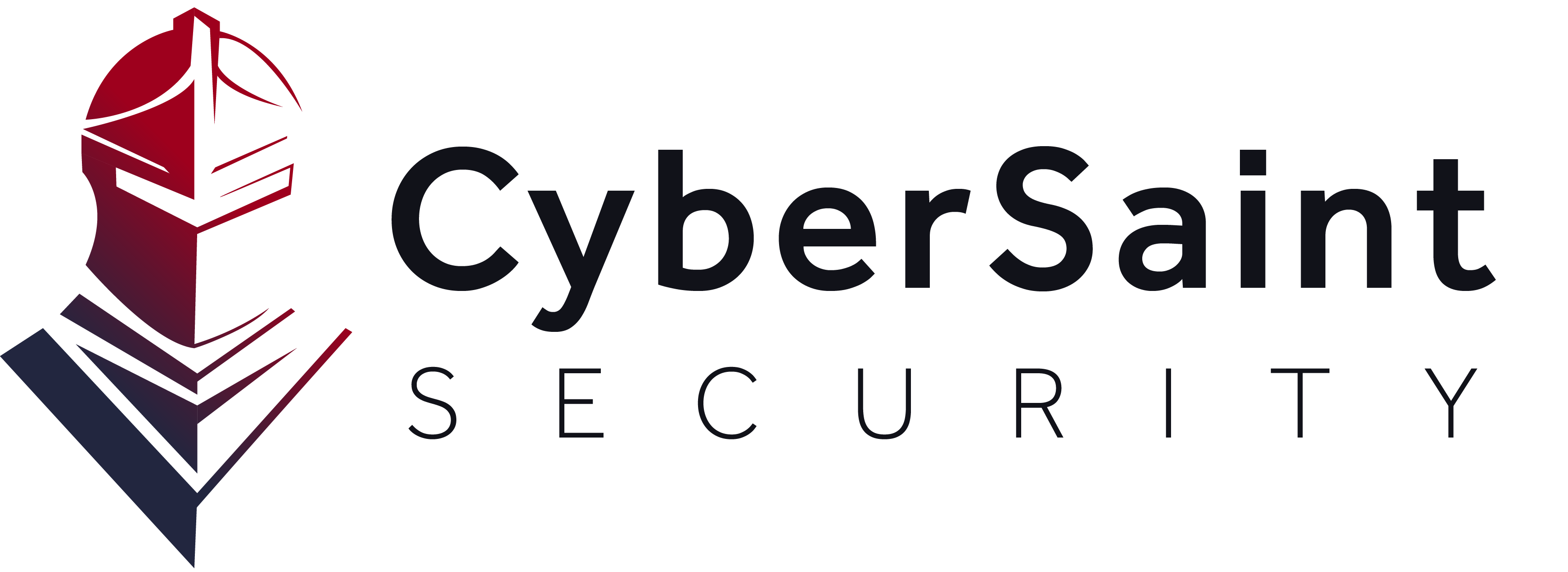Cybersecurity threats are becoming more challenging for businesses. According to PurpleSec’s Cyber Security Trend Report in 2021, cybercrime surged by 600% during the pandemic, increasing the costs incurred by cybercrimes at an astonishing rate.
An effective cyber risk management program is indispensable to protecting your organization against cyberattacks. A risk management strategy should include using risk quantification methodologies to measure cyber risk and understand the potential financial impact.
Value of Risk Quantification For Security Practitioners
Risk quantification is an integral part of risk management. It is the process of identifying the possible risks an organization can face and quantifying the potential losses caused by these risks in monetary terms.
CISOs and IT security experts can use the data from risk quantification to:
Create Risk Awareness
Risk quantification helps CISOs and leaders to create awareness among the stakeholders, team members, or board members. It provides a clear perspective and educates the organization on the possible threats. In a risk management plan, every team member has a role to play, and they should be aware of risks.
Reduce Future Risk
No organization is safe from cyber-attacks; these attacks can hit you when you least expect them. Risk quantification allows you to predict future attacks and take preventative measures to reduce the possibility of such attacks.
Improve Communication
Implementing a risk management framework requires internal communication; educating employees on risk will increase business communication and improve work culture. Communication is crucial for an organization's long and short-term development and bolstering growth.
Cyber risk quantification determines the types of risk threats and the financial losses of possible cyber-attacks. The primary purpose of cyber risk quantification is to assist decision-makers and security teams in intake effective and efficient decisions to mitigate risk.
Moreover, organizations can scale the risk and financial losses, allowing them to prioritize security measures and challenges. Cyber risk quantification will enable security teams to create effective action plans and emergency protocols for various threats and attacks.
FAIR Risk Quantification
FAIR (Factor Analysis of Information Risk) was developed to help organizations and businesses evaluate information risk and strengthen cyber security defense by translating risk into financial terms. It is the only international standard quantitative model framework to offer operational risk and information security. However, many erroneously believe that the FAIR framework is an alternative to other frameworks like NIST or ISO 31000.
While that isn't accurate, FAIR risk assessment can work hand in hand with other industry-standard frameworks. FAIR fills that security gap by providing a proven and standard risk quantification methodology that can be leveraged alongside these frameworks.
FAIR – A Risk Management Tool
FAIR is valuable to your organization's security strategy. The model works on the principle of "Loss Event Frequency" as it measures the time lost due to the threat and the consequences of the risk, called "Loss Magnitude."
Risk management is the feature that distinguishes FAIR from other frameworks. Many organizations use compliance-based frameworks that focus on regulating compliance (laws, rules, policies, regulations) and implementing security protocols for internal procedures.
Organizations often use a compliance-based approach to strengthen their organizational structure and avoid fines, penalties, and legal action. However, this strategy allows for gaps in compliance and security with time. Establishing a risk-based approach is practical for the real-time identification of security gaps and rising threats.
A compliance-based approach is not enough to protect an organization's data. To stay ahead of a changing regulatory landscape and rising cyber threats, security leaders must switch from a compliance-based approach to a risk-based one - this is where FAIR act as a robust risk management tool.
The Advantages Of Using A Risk-Based Approach
A risk-based approach should be a standard method for organizations and offer the following benefits, which conventional compliance systems lack.
- Identify the lurking risks that often remain undetected
- Provide insights and details to the Board of Directors and executive stakeholders
- Cybersecurity teams can take action to mitigate the risks and threats
- Enhances the efficiency of existing frameworks
- Increases the organization's credibility and customer satisfaction
When it comes to a risk-based approach, the ideal choice for organizations is to use FAIR risk assessment. The FAIR methodology enables organizations to make efficient decisions that improve overall performance and security.
Regarding cybersecurity, decision-makers must know the frequency and magnitude of the risks faced and the associated financial impact. FAIR can help organizations scale threats, prioritize them, and work to eliminate them.
Bridge the Gap Between Security and Business Leaders
Organizations and businesses must have transparency in the risk management system. FAIR provides a near accurate representation of the potential threats and the financial losses. When organizations have a clear picture of the predicted scenarios, they can seamlessly communicate where the existing risks lie, make informed decisions, and allocate the appropriate investment needed to maintain security processes.
Moreover, CISOs and leaders can brief the security and non-security teams on the quantified risks and consequences if they fail to prevent them.
Communication is equally necessary for team members; every team member should be aware of the nature of the risk and the actions required to counter a cyber-attack. FAIR risk management enables team members and leaders to make effective decisions and improve communication. With clear and relevant insights into the security posture, technical leaders and business leaders can align security as a business function.
In Conclusion
The FAIR model has become a necessity for modern cyber defense policies. It is beneficial for organizations to identify and scale risks and gives organizations a fresh opportunity to improve their communication and transparency. Business leaders, managers, stakeholders, and team members can all be on the same page on rising threats and develop threat response plans.
CyberStrong offers industry risk quantification methods, including FAIR and NIST, to provide insights that everyone across the board can get behind. Contact us to learn more about how CyberStrong can streamline your cyber risk management strategy.











